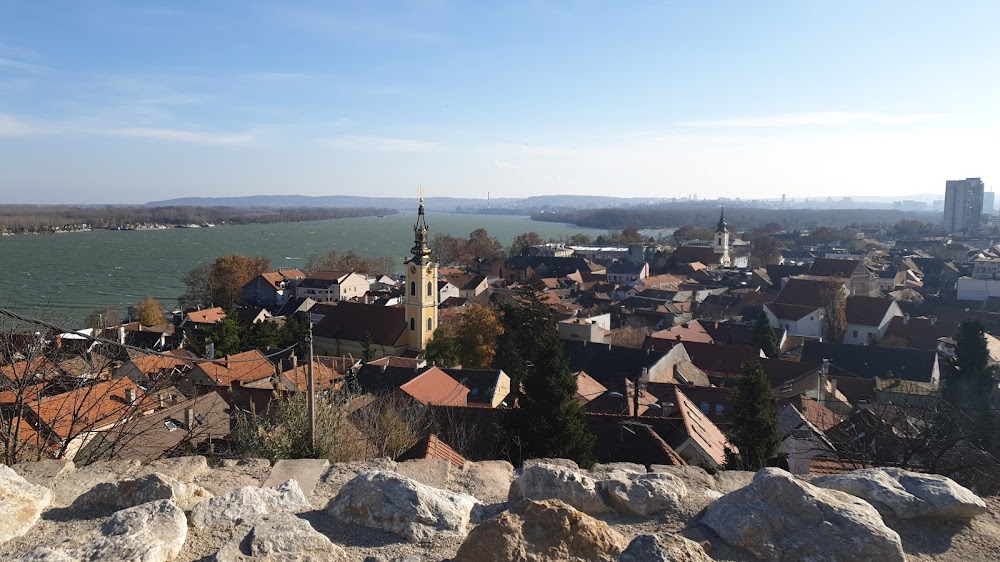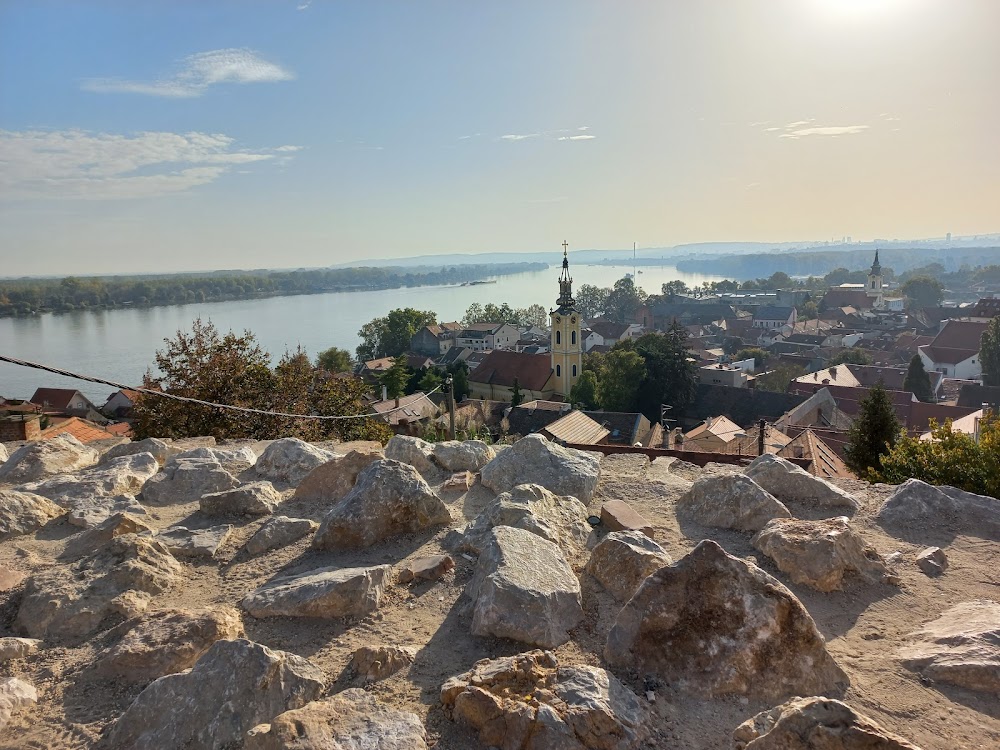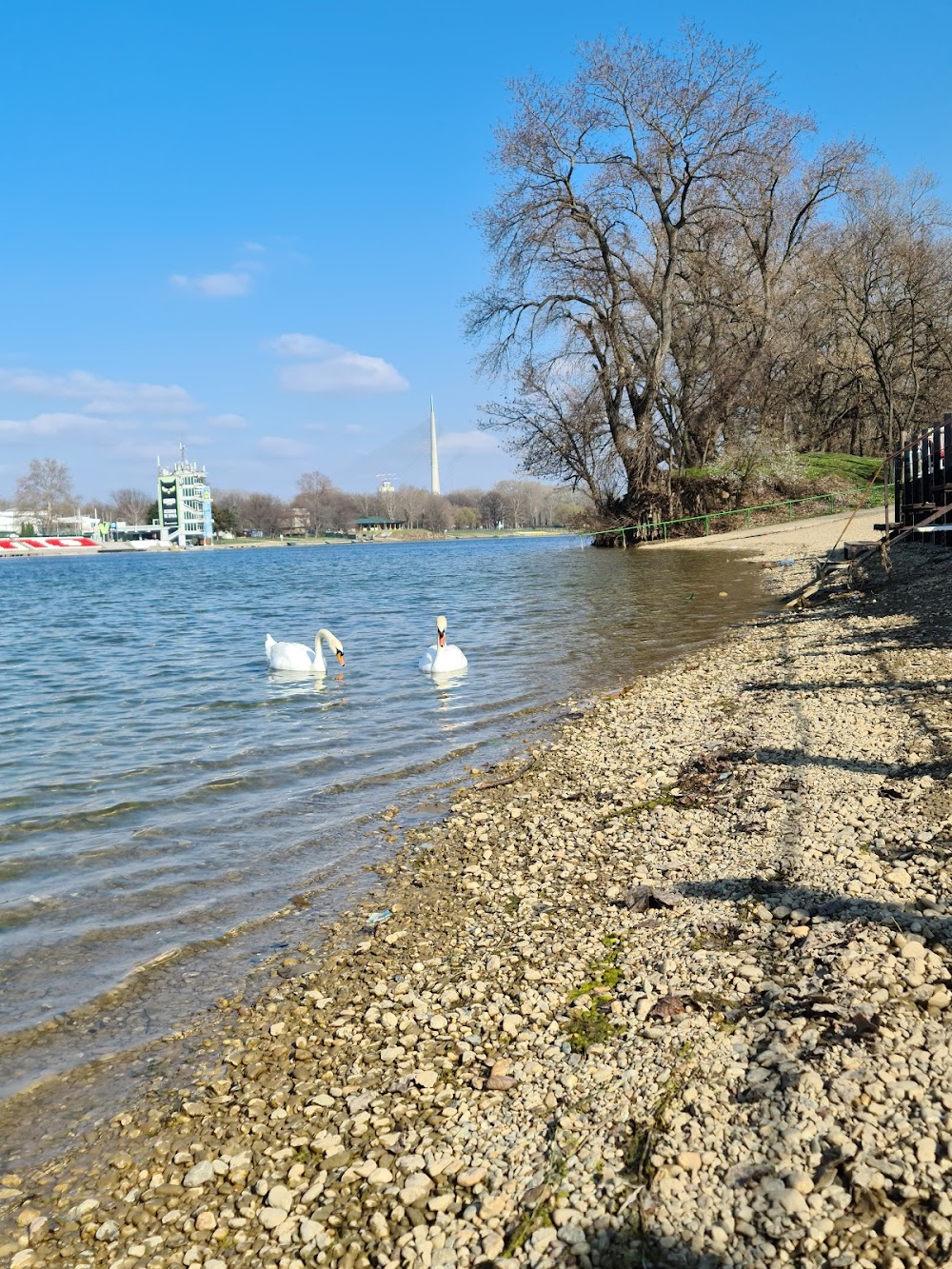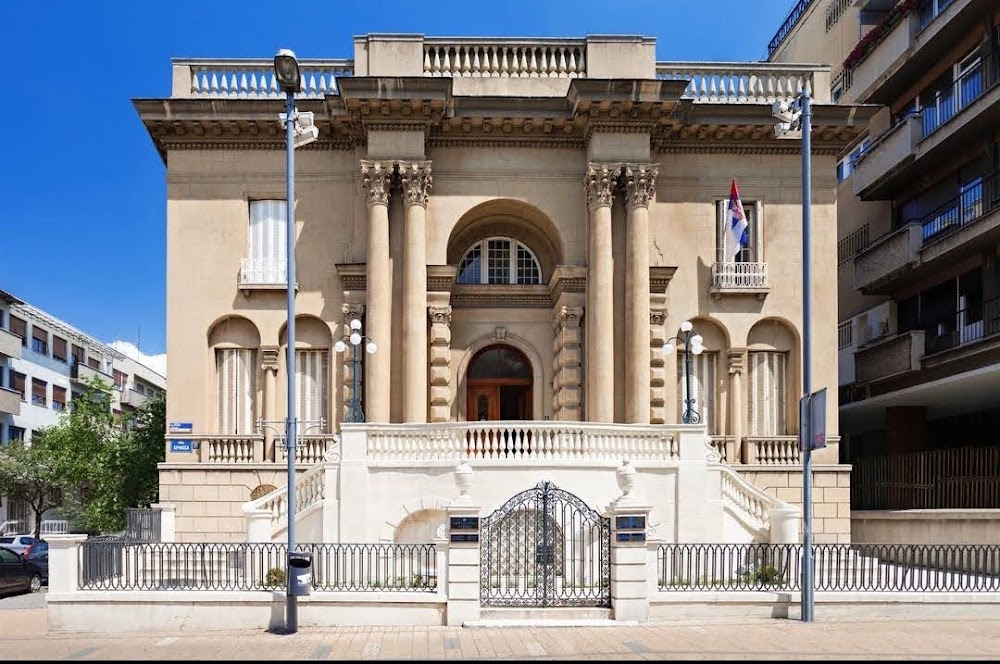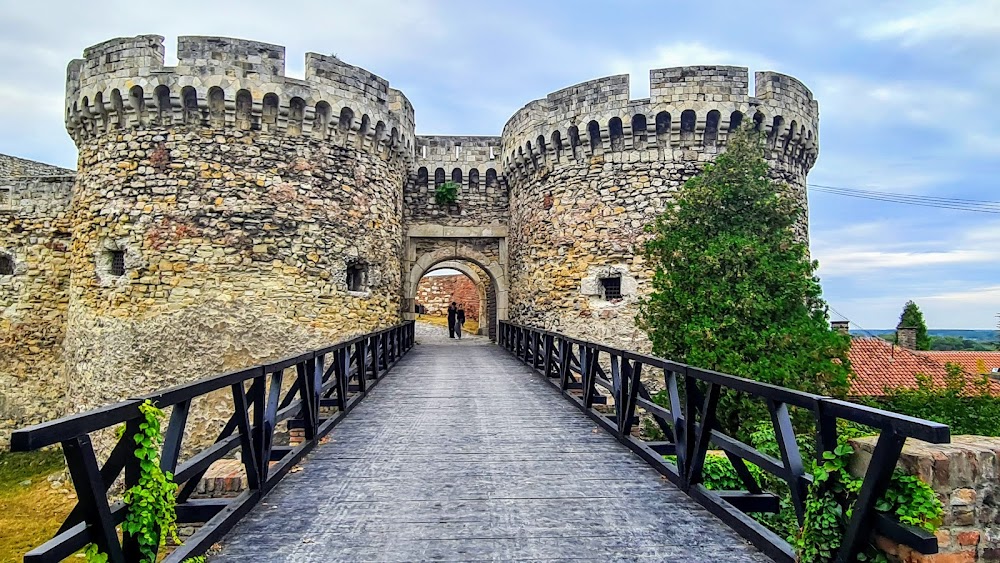Zemun Old Town (Zemunski kej)
Overview
Zemun Old Town is a captivating historic area situated in Belgrade, the capital of Serbia. Nestled along the right bank of the Danube River, this enchanting town is steeped in a rich and vibrant history that spans centuries, making it a must-visit destination for history enthusiasts and casual travelers alike.
A Glimpse into History
The origins of Zemun trace back to the Roman Empire when it was known as Taurunum. This strategic military fortification played a crucial role in safeguarding the empire’s borders. Over the centuries, Zemun came under the influence of various rulers, including the Byzantines, Hungarians, Ottomans, and Habsburgs, each leaving a distinct mark on the town’s character and architecture.
In the 18th century, Zemun became a part of the Habsburg Monarchy, ushering in a period of significant growth and development. The Habsburgs fortified the town, constructed impressive public buildings, and stimulated trade and industry. This era transformed Zemun into a bustling center for merchants and artisans, shaping its cultural landscape.
Iconic Landmarks
One of the most prominent landmarks in Zemun is the Gardos Tower, also known as the Millennium Tower. Erected in 1896 by the Habsburgs to commemorate a millennium of Hungarian settlement in the area, the tower is perched on Gardos Hill and offers breathtaking panoramic views of Zemun, Belgrade, and the majestic Danube River.
At the heart of Zemun Old Town lies Magistratski Trg, the central square, where visitors can admire the Zemun Town Hall. Built in the first half of the 19th century, this beautiful example of neoclassical architecture serves as a reminder of Zemun's historical significance as an administrative hub.
Zemun’s charm is further enhanced by its narrow, winding streets adorned with quaint old houses and shops. The architectural styles in the Old Town are a delightful mix, showcasing baroque, neoclassical, and art nouveau influences that reflect the town's diverse past.
Religious Heritage
Another important religious landmark is the Church of St. Nicholas, originally constructed in the 18th century and later reconstructed in the neoclassical style during the 19th century. The church is renowned for its exquisite frescoes and impressive iconostasis, making it a significant site for both worship and artistic appreciation.
Following World War II, Zemun was officially integrated into Belgrade, becoming one of its municipalities. Despite this transition, Zemun has successfully preserved its old-world charm and distinctive character. The town’s unique blend of cultures and historical influences remains palpable, inviting visitors to explore its rich heritage.
A Vibrant Modern Atmosphere
Today, Zemun is celebrated for its lively atmosphere, brimming with numerous cafes, restaurants, and bars that contribute to its vibrant cultural scene. The town hosts various festivals and events that attract visitors from all over Serbia and beyond, showcasing its dynamic spirit and community engagement.
One highlight is the Zemun Leto (Zemun Summer) festival, featuring an array of cultural and entertainment events such as music concerts, theater performances, exhibitions, and traditional folklore shows. This festival plays a vital role in preserving and promoting Zemun's rich cultural heritage, making it a perfect time to visit.
Zemun also boasts scenic promenades along the Danube River, where locals and tourists alike relish leisurely strolls, cycling, and dining at riverside restaurants. The river provides a tranquil backdrop, enhancing the picturesque charm of this historic town.
In summary, Zemun stands as a testament to its storied past while thriving as a lively and integral part of Belgrade. Its historical sites, cultural events, and stunning landscapes make it an essential destination for anyone exploring the Serbian capital. Whether you're wandering through its cobblestone streets or enjoying the views from Gardos Tower, Zemun promises an unforgettable experience rich in history and culture.


